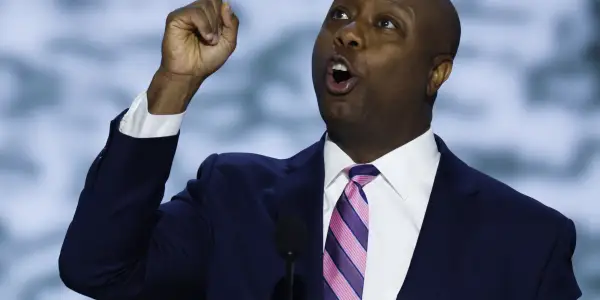X’s Ad Business Rebounds Under Outgoing CEO Linda Yaccarino, but Storm Clouds Loom
Departing CEO Linda Yaccarino helped stabilize X’s advertising business after a turbulent year, yet persistent brand safety concerns and platform volatility suggest the road ahead remains fraught for Elon Musk’s social media platform.
Linda Yaccarino, the high-profile CEO hired to rescue X (formerly Twitter) from its post-acquisition advertising slump, is officially stepping down. While her tenure marked measurable progress in restoring advertiser confidence and stemming revenue losses, the platform—under Elon Musk’s ownership—still faces formidable challenges that threaten its long-term ad viability. Yaccarino, who joined the company in mid-2023 after serving as NBCUniversal’s advertising chief, brought with her a legacy of deep relationships across Madison Avenue.
Her mission was clear: revive X’s struggling ad business , which had been decimated by Musk’s erratic moderation policies and mass corporate pullbacks. A Measured Recovery Over the past year, ad revenues at X reportedly rebounded by nearly 30% from post-acquisition lows. Yaccarino oversaw: - New brand safety partnerships to assure advertisers of content control - Expansion of video advertising formats , especially for long-form creators - Incentives and discounts for returning brands - Relaunch of premium subscription bundles tied to ad inventory boostsHer presence helped bring back several major advertisers, including tech, automotive, and consumer brands that had paused spending following Musk’s takeover.
“Linda’s appointment gave advertisers someone they could actually talk to,” said Jordan Mills, a media buyer at a top U. S. agency.
“She knew the language, and she worked hard to build trust—even in a chaotic environment. ” Internal Tensions and Platform Chaos Despite progress on paper, Yaccarino reportedly clashed with Musk over his hands-on management style and policy interventions, particularly around content moderation, political speech, and user reinstatements. Musk’s tendency to post controversial statements—sometimes at odds with advertiser values—created an unpredictable ecosystem.
Multiple insiders reported that Yaccarino’s authority was often undercut by Musk’s unilateral decisions, ranging from staffing to moderation enforcement. Sources close to the matter said she had expressed frustration at the difficulty of executing a coherent brand strategy. Advertiser Hesitancy Persists While some advertisers returned, many have remained cautious—or exited again—due to: - Ongoing brand safety concerns and toxic content - Inconsistent enforcement of platform policies - Musk’s high-profile feuds and controversial posts - Concerns about audience quality and bot activitySeveral major brands, including Disney, IBM, and Apple, still haven’t fully resumed ad spending.
“Yaccarino slowed the bleeding,” said Rachel Ng, a digital advertising analyst. “But she didn’t fundamentally fix the platform’s deeper trust issues. ” Tough Times Ahead With Yaccarino’s departure, questions loom large about the future of X’s monetization.
Musk has indicated further focus on subscriptions, payments, and AI integrations , but ad revenue still comprises a majority of the company’s income. Potential successors will have to navigate: - A fragmented advertiser landscape - Tighter ad budgets amid economic headwinds - Growing competition from TikTok, YouTube Shorts, and Meta’s ThreadsThe company is also under scrutiny for how it manages political speech in the 2024 U. S.
election cycle—another risk point for brand safety. Conclusion: A Stabilizer Leaves, Uncertainty Remains Linda Yaccarino’s tenure at X will likely be remembered as a stabilizing interlude amid constant upheaval. Her efforts brought structure and a modicum of confidence back to a battered ad ecosystem—but with her departure, Elon Musk’s platform faces an uncertain future.
Unless X can evolve into a platform that offers not only free speech but also predictability, trust, and ROI for advertisers , it risks further erosion of its core revenue engine in an already skeptical market.
8th July 2025



